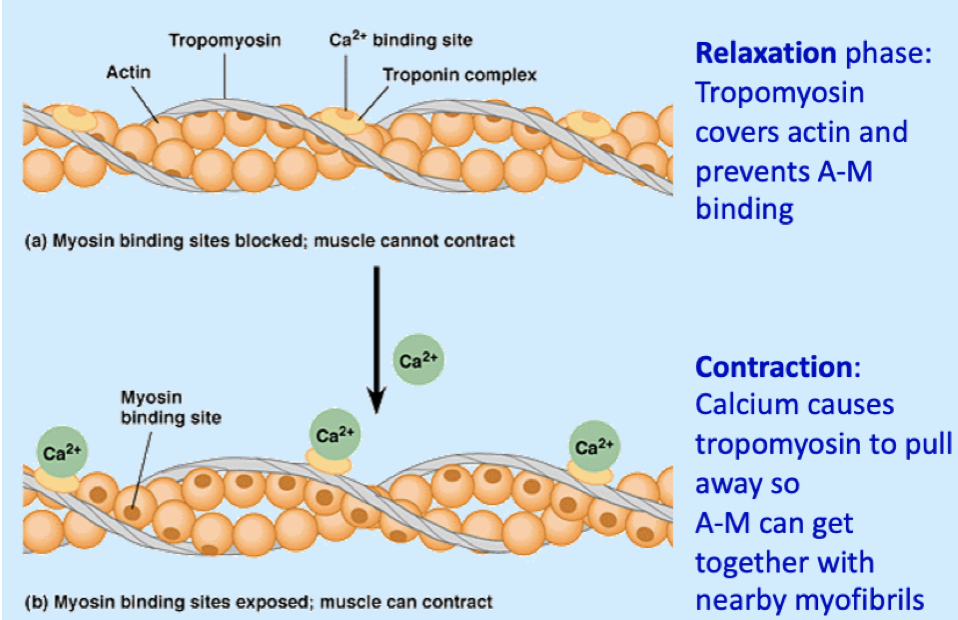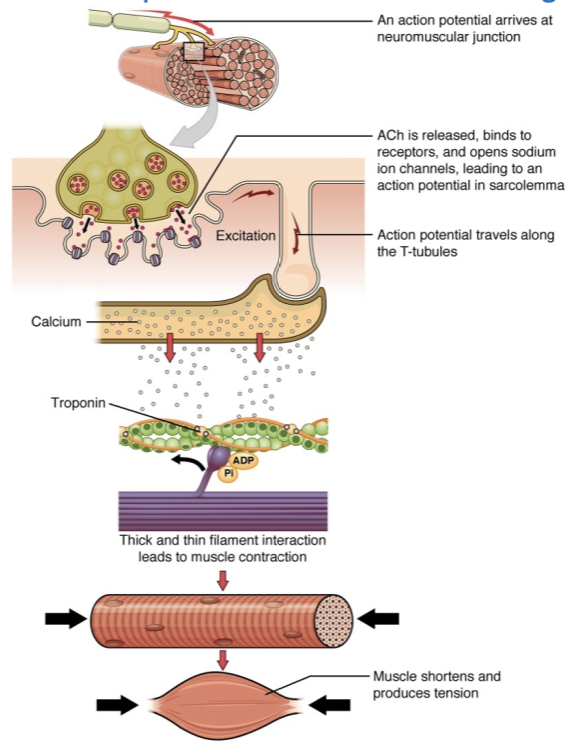Malignant Hyperthermia: Background
1/23
There's no tags or description
Looks like no tags are added yet.
Name | Mastery | Learn | Test | Matching | Spaced |
|---|
No study sessions yet.
24 Terms
Clinical syndrome in which there is a dysregulation of excitation-contraction (EC) coupling in skeletal muscle causing a hypermetabolic state following certain anesthetics
MH
Inheritance pattern of MH?
Autosomal Diminant
Genotype of MH
Gene mutation occurs on regulatory proteins that control Ca in skeletal muscles:
Ryanodine receptor (RYR1)
Alpha one subunit of Dihydropyridine receptor (DHP also called CaV1.1) (CACNA1S)
STAC3 protein
Possible triggers to MH
All volatile agents (halo, enf, iso, des, and sevo)
Succinylcholine – depolarizing MR
Awake triggers are rare, but may be caused by excess muscle metabolism or extreme exercise
Exertional heat illness (EHI)
Exercise induced rhabdomyolysis, vigorous exercise and heat
What general s/s are seen in a fulminant episode of MH
Hypermetabolism causes hyperthermia, acidosis and rhabdomyolysis
Mortality rate of MH
Prior to 1979 was >50%. Now it is <5%
How common is MH?
1:30,000 (children) and 1:100,000 (adults)
Which states have higher incidence rates of MH?
WI, MI, WV - susceptibility may be as high as 1:3000
Who is more likely to have MH?
Male>female (2:1)
muscular body build
Any age, but has a mean presentation age of 18 (1/2 of cases are under 15)
Succs accelerates onset and increases severity
Why are many people no diagnosed?
clinicians abort cases
mild reactions go unnoticed
may occur immediately or several hrs later
may present with brown urine 2-3 dys post-op and not realize it is an MH reaction
Why is data on MH so limited?
Not all cases have been reported although reporting is getting better
JACHO has no standards for reporting to the MH association, but many places are getting better at it
What is porcine stress syndrome?
an autosomal recessive syndrome in pigs that causes a similar reaction to MH, when they are under stress (accelerated metab, acidosis, rigidity, and rapid deterioration of muscles)
very common for MH studies to gather data
Review of terms for muscle physiology:
phosphorylase
glycogen
glycogenesis
glycogenolysis
glycolysos
glyconeogenesis
Phosphorylase: enzyme that catalyzes the formation of glucose-6-phosphate from glycogen in muscle and liver (this is the first step in glycogenolysis)
Glycogen: stored carbohydrates
Glycogenesis: glucose →glycogen
Glycogenolysis: glycogen →glucose (aerobic met.)
Glycolysis: glucose →lactic acid (anaerobic met.)
Glyconeogenesis: fats/protein →glucose →glycogen

Which steps are involved in aerobic metabolism?
krebs cycle and the electron transport chain
What form of metabolism creates the most energy?
aerobic metabolism
WHat occurs when an ATP is used during muscle contraction?
breaking of ATP bond=ADP+P1+energy+heat
What are the roles of mitochondria?
aerobic metabolism (powerhouse of the cell) and store/bind Ca
Where does Ca bind in the muscle?
Troponin- to form a Tropnin-Ca complex
What is the role of tropomyosin?
during relaxation, it covers actin binding sites, to prevent binding with myosin.
What causes actin and myosin to bind?
If enough Ca is present, the troponin-Ca complex causes tropomyosin to shift, allowing actin +myosin= muscle contraction

Explain what happens in the muscle cell prior to contraction of the muscle
From nerve ACh release --> causes Na to enter and Depolarizes muscle cell membrane --> Action potential --> Na channels open on muscle fibers & transverse tubules --> SR releases Ca into cytoplasm -->
Calcium has 3 major roles
Releases troponin inhibition
ATP hydrolysis – using fuel
Phosphokinase activation – refueling

What happens to Ca during relaxation of the muscle?
intracellular Ca pumps rapidly transfer Ca back into the SR and it is also sequestered by the mitochondria and sarcolemma (cell wall) …. this means that ATP is required for both ocntraction and relaxation of the muscle
Because ATP is used during contraction and relaxation, how does the body refuel?
phosphorylase kinase is activated to begin glycogenolysis:
Glycogenolysis (glycogen ®glucose)
ATP + heat + energy
The presence of ADP stimulates metabolic pathways to regenerate ATP:
CP + ADP CPK ATP Ca ADP + P1 + heat + E2
What is the difference between muscle contraction and contracture?
Contraction is cuased by propogated depol and is brief and reversible
contracture is non-propogated and prolonged. It can be irreversible (takes a lot longer to relax). This is what occurs during MH